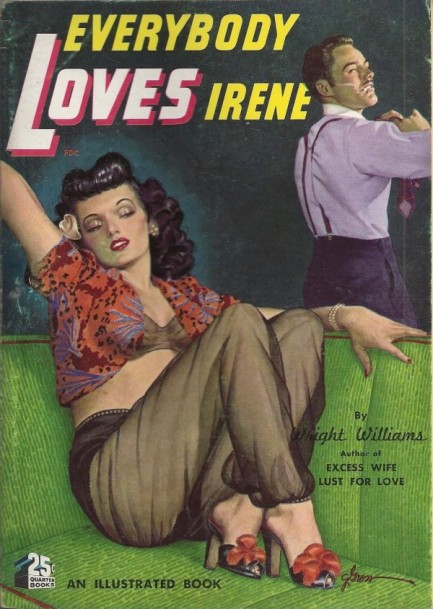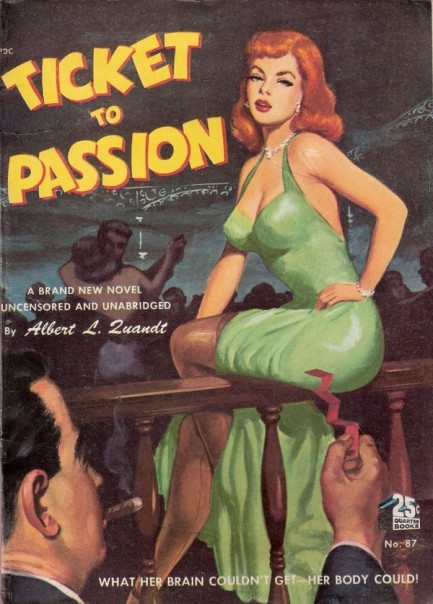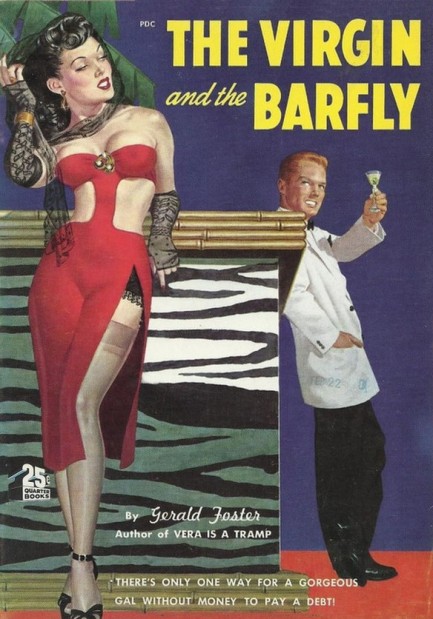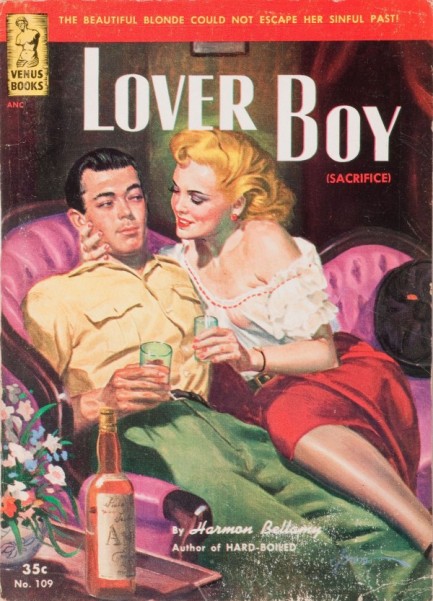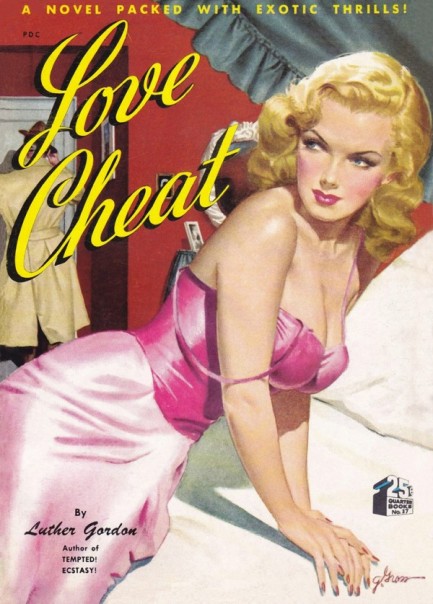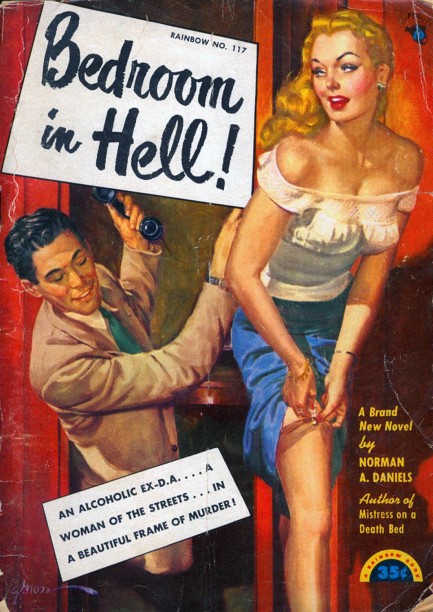 Hey, handsome! Ever get tired of all the uncertainty about how a date's going to end? 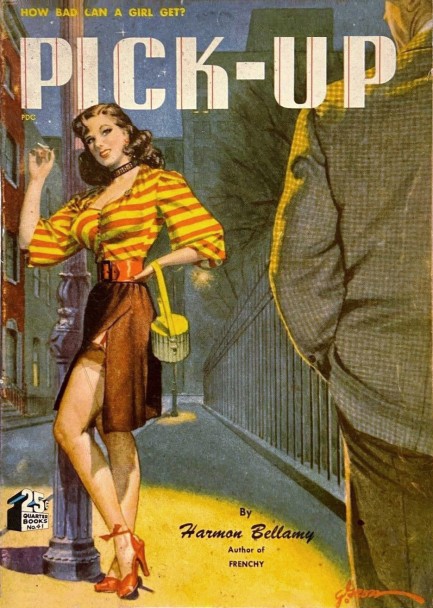
We finally got hold of one of our favorite George Gross covers. He put together this masterpiece for Harmon Bellamy's Pick-Up, published by Quarter Books in 1949, and everything works here—the colors, the framing, the pose, and the cool urban mood. Some of these digests have photo-illustrations inside, but not this one. It does have an ad on the inside front cover, which is below. We've seen this book go for more than two hundred dollars, but ours cost twenty. That makes for a fine day around the palatial Pulp Intl. metroplex.
Amusingly, the cover has nothing to do with the narrative, nor does the title. What happens is a seventeen-year-old girl named Lois Deane runs away to New York City, is immediately hit by a car, and wakes up in the hospital. The guy who hit her discerns her meager circumstances and gets her a job working for and living with his family. Lois has lied to her hosts about who she is, and her deception eventually comes to light. There are no seedy or criminal aspects at all here—Bellamy has written a straightforward romantic drama. For its type, it's fine, though nothing special.
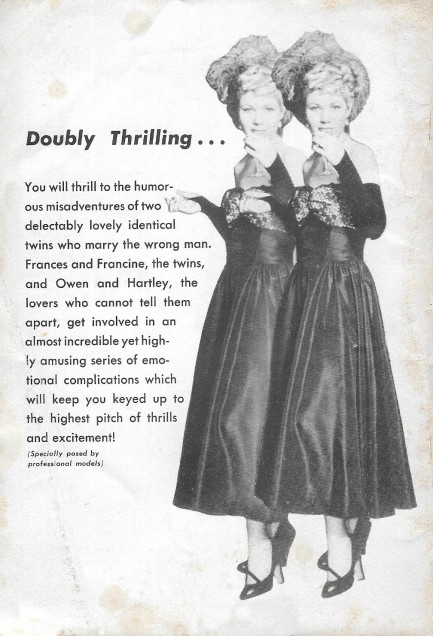
 I used to be over easy, but that was during my wild college years. 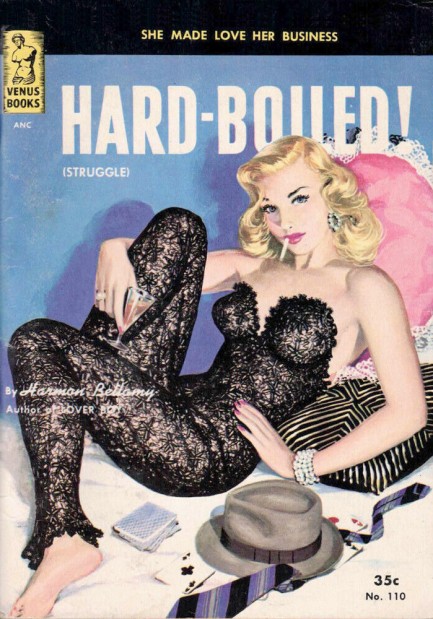
Above, a beautiful 1950 Venus Books cover for Hard-Boiled, originally published in 1935 as Struggle, written by Harmon Bellamy, who was in reality Herman Bloom. The book deals with an embittered misogynist who meets up with a hardboiled woman of low repute, and finds his feelings for her evolving from contempt to a growing desire to peel her and have her for a meal. The main attraction here, though, is the art by George Gross. He was good at everything, but in the area of dressing his women, he was top of the heap. This lacy bodysuit is perfect. For more examples of Gross fashions, check this collection, especially the top example.
 It's just a nickname. I got it because no matter how good you are I won't be impressed. 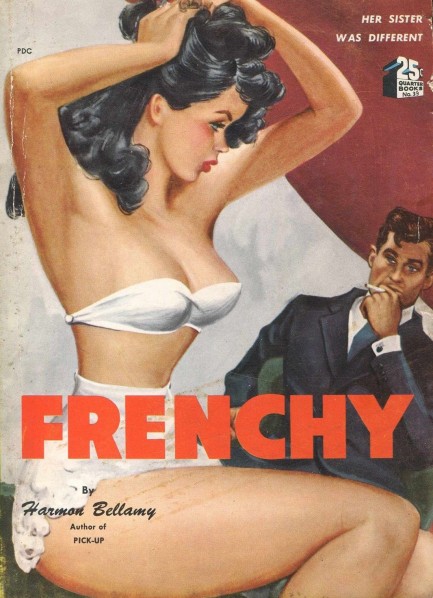
This beautiful Quarter Books edition of Harmon Bellamy's Frenchy was published in 1949 and was a re-issue of Bodies Are Different, from 1935. The story deals with two very different twin sisters in New York City and their various escapade with men. Bellamy, who also wrote such books as Flesh and Females and Leap Year Madness, was a pseudonym used by Herman Bloom, who wrote as sideline and as an actual job ran a camera shop with his brothers in Springfield, Massachusetts. The cool cover art is by Bill Wenzel, and you can more of his work here. Also, we're just joking about the French. The cliché is untrue. We've been treated quite well during our many trips to France, but it does help if you bother to memorize a dozen or so useful phrases. File it away.
 These are people who definitely pay attention to the poles. 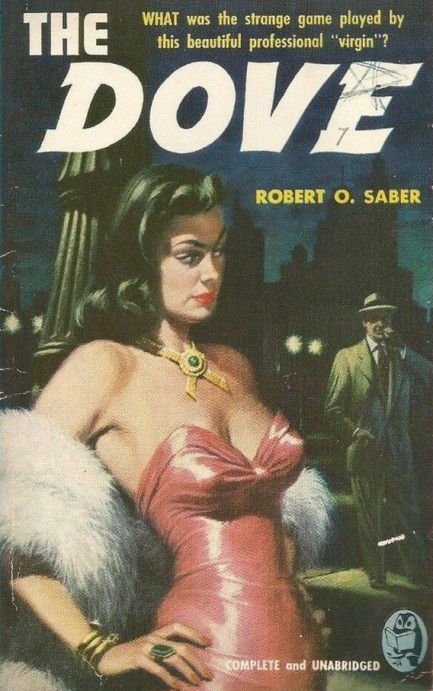
When you look at lots of paperbacks sometimes a common thread suddenly jumps out at you that went unnoticed before. Such was the case a few weeks ago when we noticed the large number of characters on mid-century covers leaning against poles—light poles, telephone poles, sign poles, etc. We suggested someone should put together a collection, but of course we really meant us, so today you see above and below various characters deftly using these features of the urban streetscape as accessories. Art is from Benedetto Caroselli, Harry Schaare, George Gross, Rudolph Belarski, James Avati, et al. You can see a couple more examples here and here. 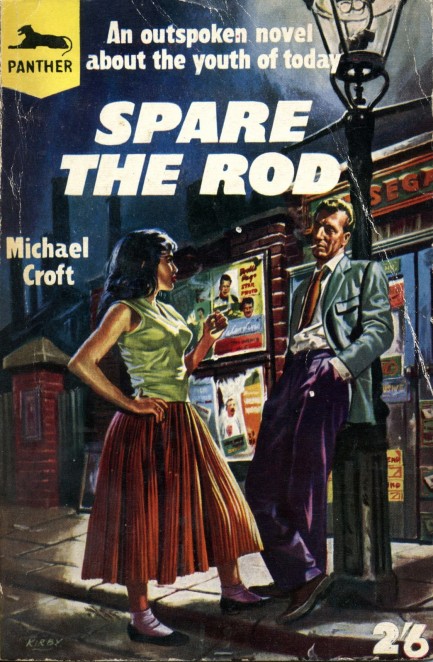 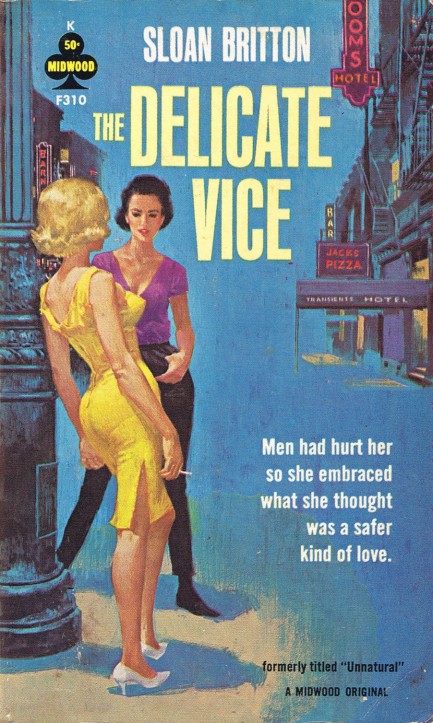 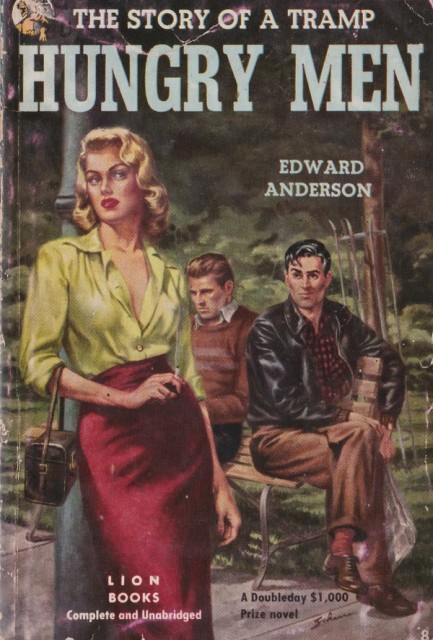 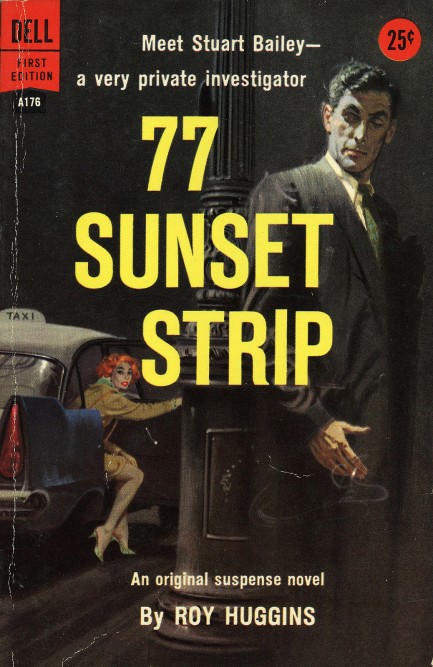 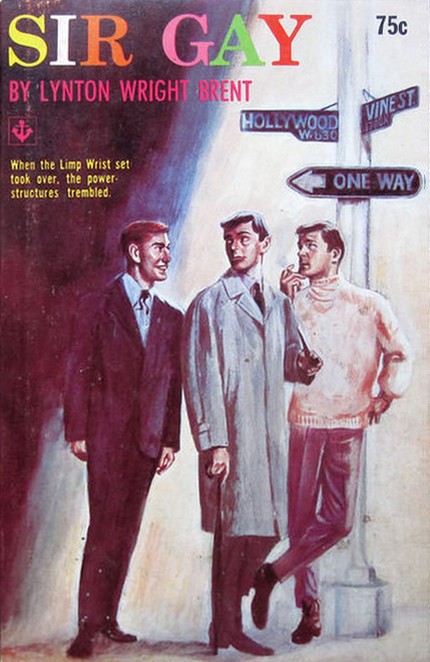 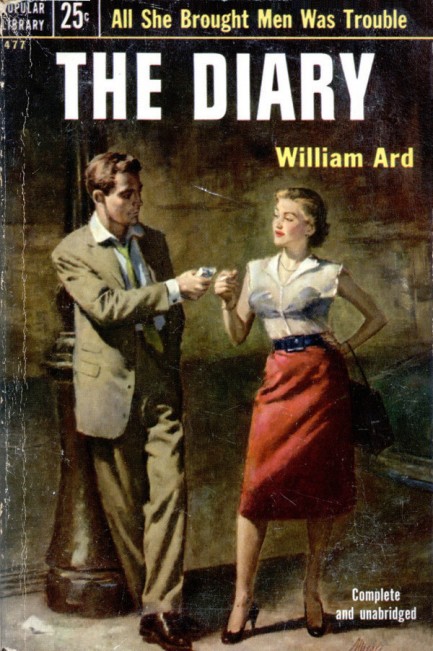 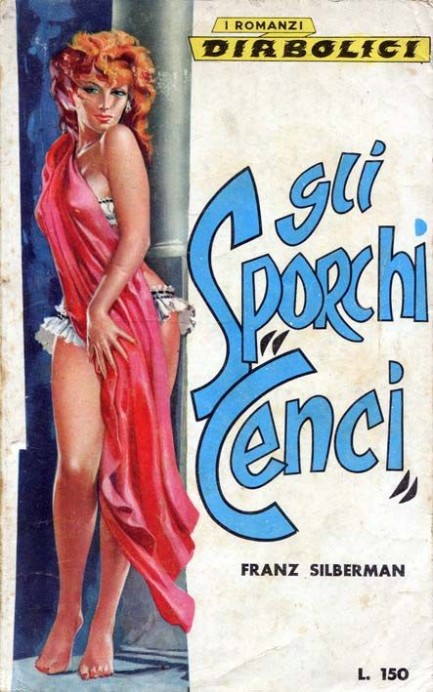 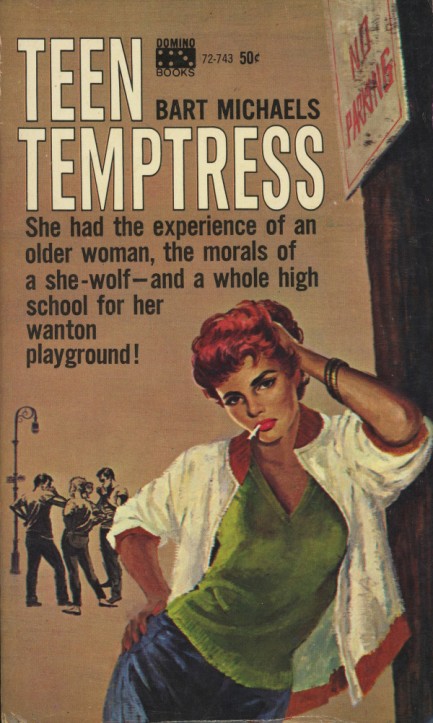 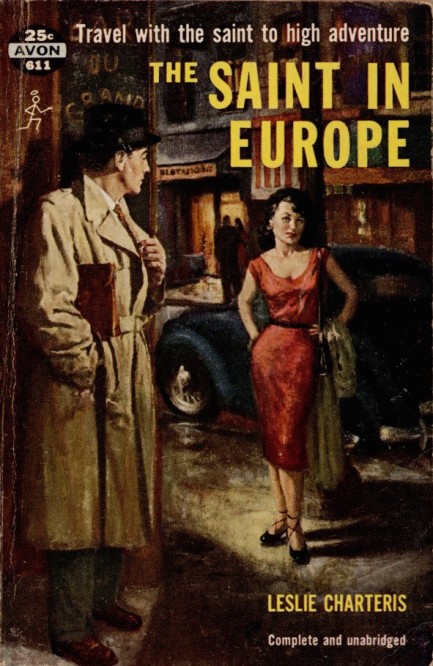 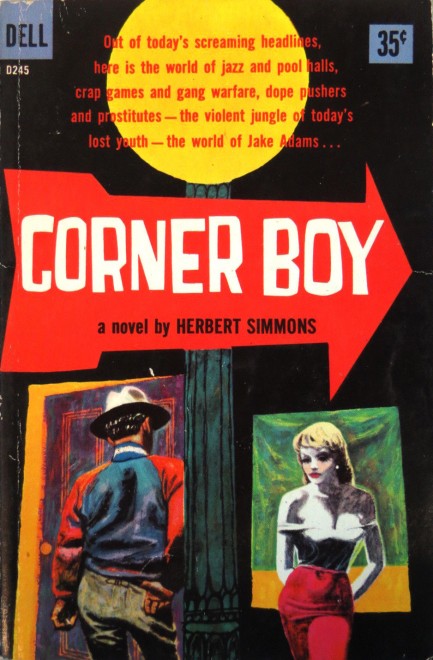 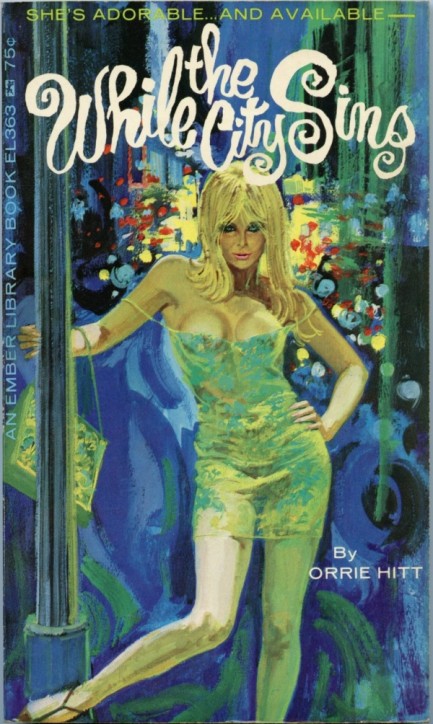 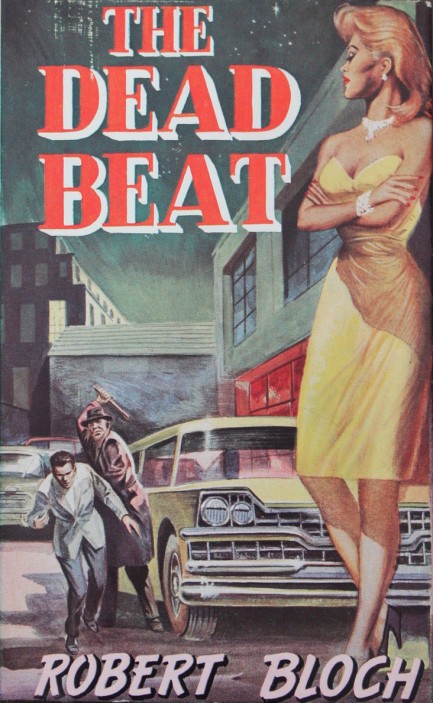 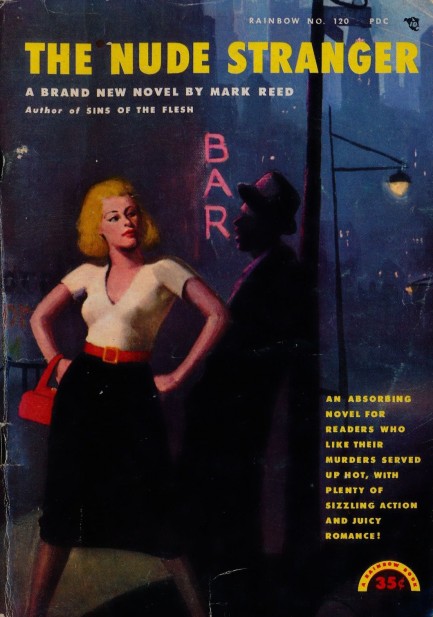 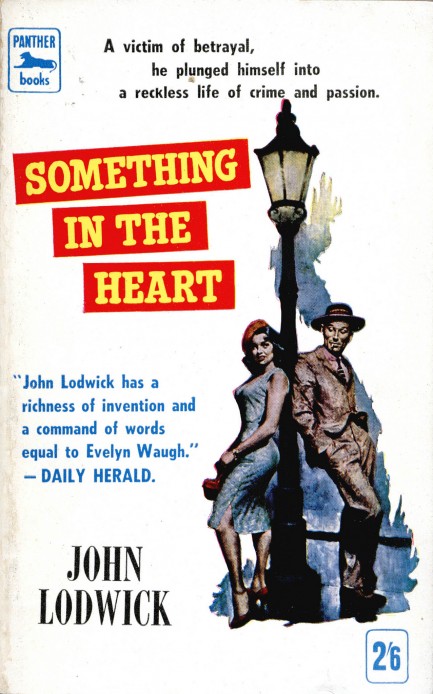 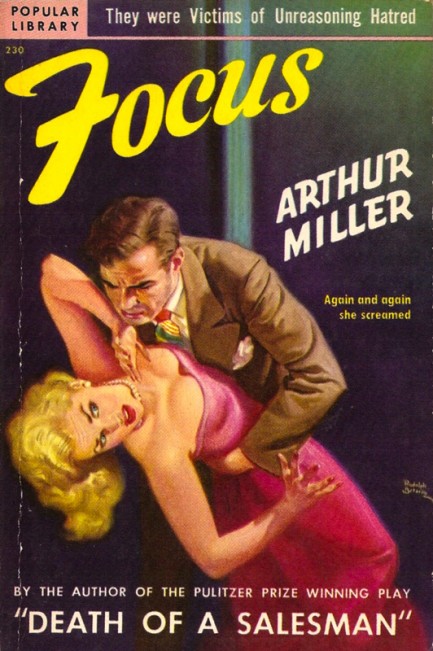 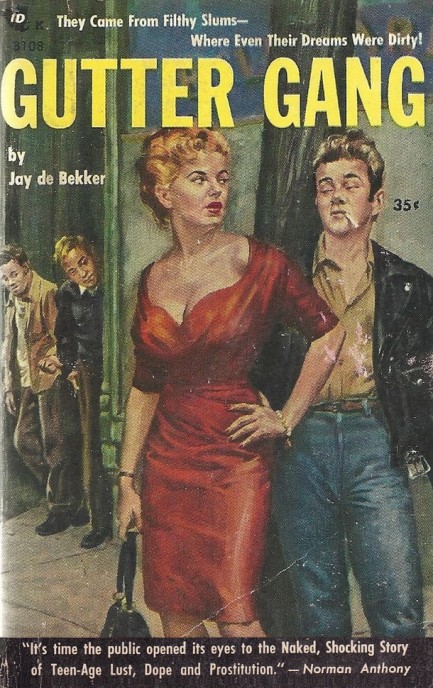 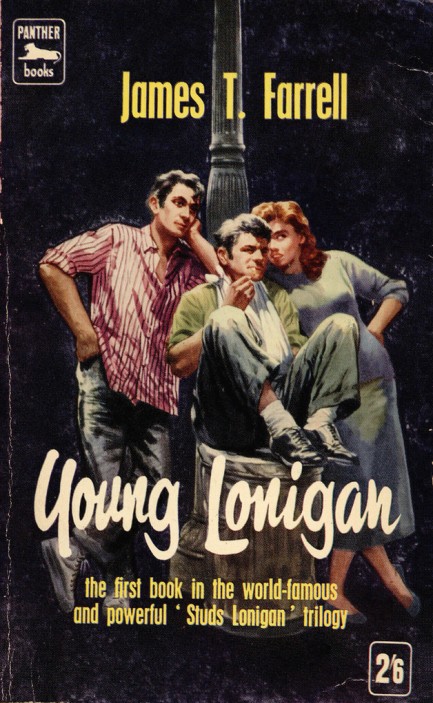 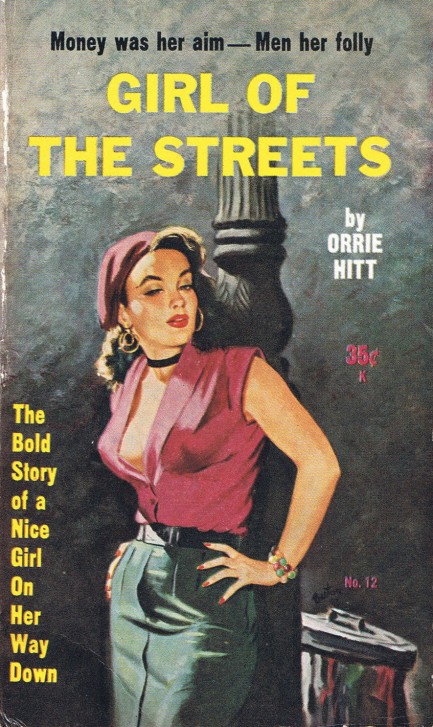  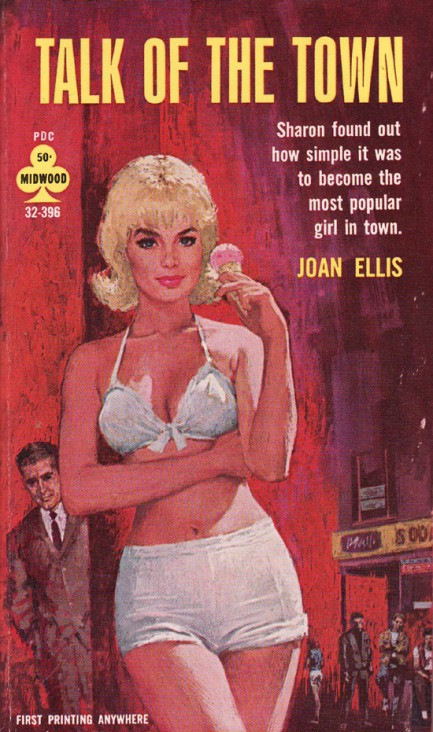 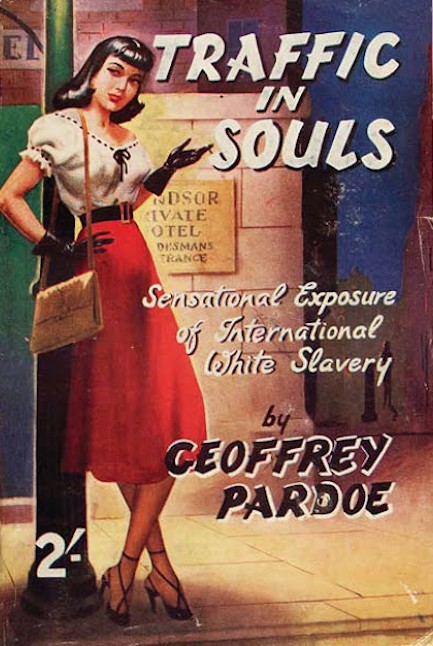 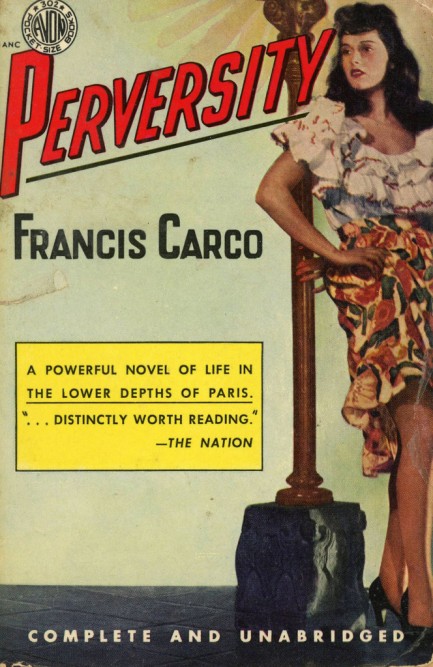 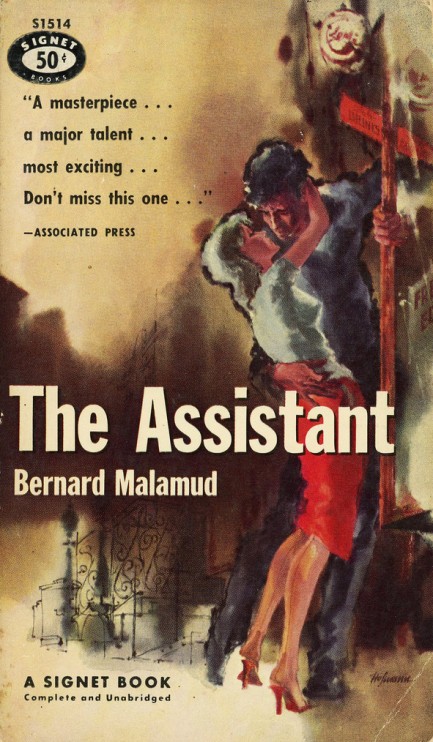 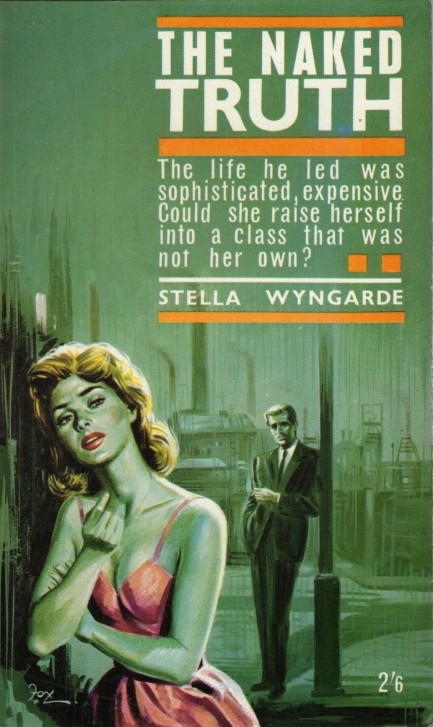 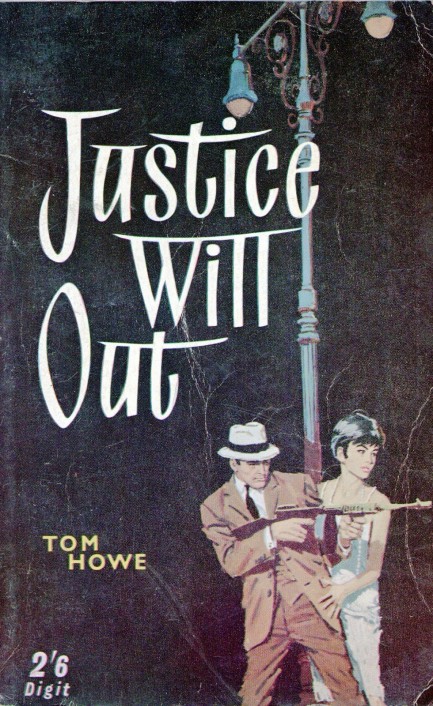 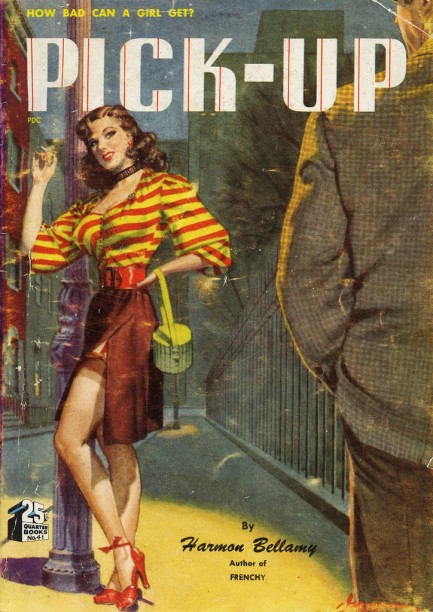
|
 |

The headlines that mattered yesteryear.
2003—Hope Dies
Film legend Bob Hope dies of pneumonia two months after celebrating his 100th birthday. 1945—Churchill Given the Sack
In spite of admiring Winston Churchill as a great wartime leader, Britons elect
Clement Attlee the nation's new prime minister in a sweeping victory for the Labour Party over the Conservatives. 1952—Evita Peron Dies
Eva Duarte de Peron, aka Evita, wife of the president of the Argentine Republic, dies from cancer at age 33. Evita had brought the working classes into a position of political power never witnessed before, but was hated by the nation's powerful military class. She is lain to rest in Milan, Italy in a secret grave under a nun's name, but is eventually returned to Argentina for reburial beside her husband in 1974. 1943—Mussolini Calls It Quits
Italian dictator Benito Mussolini steps down as head of the armed forces and the government. It soon becomes clear that Il Duce did not relinquish power voluntarily, but was forced to resign after former Fascist colleagues turned against him. He is later installed by Germany as leader of the Italian Social Republic in the north of the country, but is killed by partisans in 1945.
|

|
|

It's easy. We have an uploader that makes it a snap. Use it to submit your art, text, header, and subhead. Your post can be funny, serious, or anything in between, as long as it's vintage pulp. You'll get a byline and experience the fleeting pride of free authorship. We'll edit your post for typos, but the rest is up to you. Click here to give us your best shot.

|
|




































